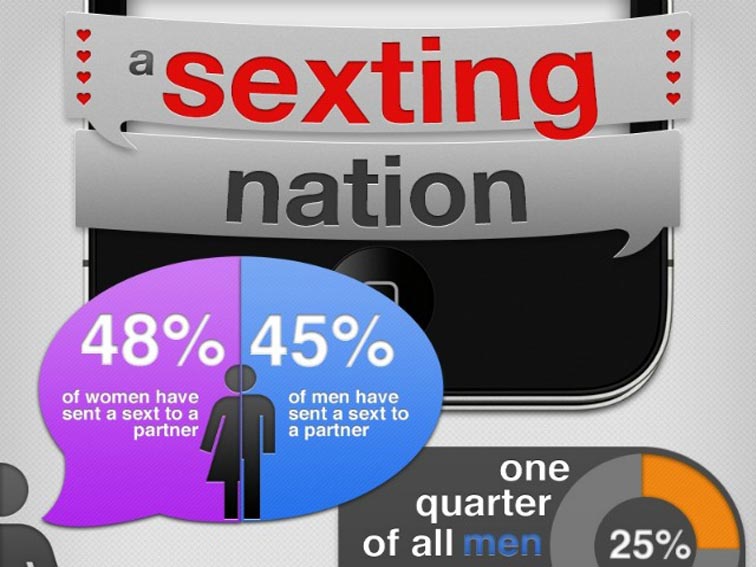
About 20 years ago, a new word entered the cultural lexicon, and quickly became both pervasive and pointless - Mark Simpson's metrosexual. [Even now, the spell-checker in Blogger thinks its not a word.]
So Simpson thinks he has identified a new subculture in varied world of masculinities, the spornosexual, a second generation metrosexual where obsession with clothes is replaced by obsession with sports and fitness, and the added, seemingly ubiquitous porn addiction (or desire to be a porn star).
Oh, and they love to post selfies of their buffness on social media sites. Honestly, this makes them little different than all of the females who post pictures of themselves in their underwear or showing off their ass-sets. It all feels a bit homoerotic to me, which is also interesting. While certainly a lot of these guys identify as straight, there is also the element in this trend of wanting to be desired by both sexes, whether it's to be sexually desired (by women) or to instill jealousy (in other men) for their physiques (who will desire their buffness).
Besides, this type of selfie has long been an element in the gay male community - a kind of marketing tactic.
So, do we really need this word? Tracy Moore, writing for Jezebel, thinks not.
Meet the Muscled Men Who Embrace Equal Opportunity Objectification
by Tracy Moore | 6/23/14
What's with dudes getting buffer, y'all? Should we call it something? Other than, you know, buff dudes? What ever happened to beefcake? How about we ask that guy who came up with metrosexual. Oh, he already came up with something. Spornosexual. [dies]
Let's all say it once and then never say it again because this bullshit is never going to happen. Sporno-barf-ual. Sporno-vomitron. Sporno-dude-icus. Spornoshitcicle. In fairness, if I coined a term like metrosexual that actually caught on so thoroughly that it was used even by terribly unhip people in near-forgotten states where trends hit two years late even with the Internet, I'd probably enter the ring with lady luck again and try to coin another thing every six months.
Mark Simpson, term coiner, waited 20 years. That is something. But this spornosexual business just won't do. It is a new thing out this month already added to Urban Dick that's supposed to be a term describing a second-generation metrosexual, only + sports + porn, a portmanteau of sportsman and porn star. It's all thanks to the rise of selfies, social media, and a pornified culture, what Simpson describes as "the major vectors of the male desire to be desired."
One, it sounds too much like spore or spawn and therefore it is gross and dumb, the double-whammy of bad things you can do to concepts. At least metrosexual gave you a better sense of the intersections: Urban + sexuality. It was dumb, too, but had a kind of clarity we could all dread together while also comprehending.
Two, it's way too general and all encompassing of all dudes who are beefy and nice to look at on some level without really isolating any particular distinction. According to Simpson, the tools of these eye-burning bathing suits would qualify BUT ALSO this totally acceptable beefiness found in Daniel Osborne from The Only Way Its Essex. And, we can only presume, beefcakes such as Gosling, and Efron, and Tatum, etc.
I'm spornoconfused. Wait, what is a spornosexual supposed to be, again?
Says Simpson:
With their painstakingly pumped and chiselled bodies, muscle-enhancing tattoos, piercings, adorable beards and plunging necklines it's eye-catchingly clear that second-generation metrosexuality is less about clothes than it was for the first. Eagerly self-objectifying, second generation metrosexuality is totally tarty. Their own bodies (more than clobber and product) have become the ultimate accessories, fashioning them at the gym into a hot commodity – one that they share and compare in an online marketplace.Second thought: Let's not. While it's worth looking at the way selfies and porn have intersected to give rise to the indulgence of our vainer tendencies, we've no doubt all moved a little closer to the light. The term spornosexual goes beyond that to generalize beyond comprehension and make extreme assumptions about the intelligence and sleaze of anyone who looks the part (whatever that part is/still don't get it).
This new wave puts the "sexual" into metrosexuality. In fact, a new term is needed to describe them, these pumped-up offspring of those Ronaldo and Beckham lunch-box ads, where sport got into bed with porn while Mr Armani took pictures.
Let's call them "spornosexuals".
Says Simpson: They want to be wanted for their bodies, not their wardrobe. And certainly not their minds.
Look, if you re-read his paragraphs and pretend they're about women it sounds like every dumb thing ever said about a woman who cares a lot about her appearance. Additionally, in the various coverage of the term, you get a good sense of the unease of writers (male and female) about men who boldly seek attention for their physique or have bodies that are considered sexually appealing.
Here's one:
The term encapsulates the new breed of male who thinks nothing of using (and abusing) products, practises and pleasures previously only the domain of women and gay men. Practises including wearing half-thongs to the beach.Ugh, men showing their bodies? And thinking nothing of it?!
Another, which calls spornosexuality an "evolutionary step backward":
Spornosexual. It sounds like something Japanese businessmen might watch (featuring naked girls and fish), but actually it's the latest fad in male beauty.Is it really a fad? Is men caring about their bodies and appearance and clothes — even to what we might think of as "extreme" by virtue of the cultural pressure on them not to care — a fad, or simply inevitable and quite human?
And
Women have had to endure this commercialisation for years, but for men the "fun" started in the 1990s with the rise of the metrosexuals – fellas who seemed to imagine that wearing a necklace made them feminists or even a little bit gay. But, in defence of metrosexuality, at least that trend was all about remaking yourself to be attractive to others. It was innately social. By contrast, the spornosexual is really only interested in how they look to themselves – it is narcissistic. By toning and perfuming and recording every ripple with Facebook selfies, they've converted their bodies into their own masturbatory aids.He's right that women have had to endure this for years: Narcissism is usually aimed as a pejorative at women who spend a bajillion hours getting ready as a result of an insidious blend of liking to do it and being told since birth it's their first duty to mankind. But the answer to men increasingly getting on this vain train is not to mock men who give in to the pleasures of being desired, it's to eventually regard the desire to look good — whatever your definition of that is — as acceptable for the people who are into it, not spend another round of centuries now aiming the tired criticism of shallow frivolity at men.
He goes onto say there's nothing wrong with wanting to look good, but that prioritizing looking good above having brains (for men) is not a sign of gender equality or social progress. Again, the larger point is missed: Looking good without being viewed as intelligent is hardly considered problematic in women, much less viewed as a tragic development. But men being all brawn and no brain? A step back.
But back to those men: Certainly, the increasing focus on everyone feeling the pressure to look camera ready is a phenomenon well worth documenting, but not everyone feels that pressure, and it's certainly not summed up by spornosexual. Certainly it'd be nice if everyone could feel less pressure to look perfect, but this is capitalism, and equal opportunity objectification is probably the best we can hope for.
Simpson writes that spornosexuals have "photoshopped themselves in real life" which we know is a lot like a line out of Crazy, Stupid Love uttered by Emma Stone describing the body of none other than ultimate beefcake Ryan Gosling. This. But this is a long time coming and true of women too. In a piece about the rise of Hollywood hotties, Dodai tracked the trend that for men in the industry, it's no longer about acting; it's about abs.
The fact is, it's possible to discuss and critique the fact that men's bodies can be sexualized too, for better or for worse, and celebrate that choice when it is in fact a choice. Men's bodies are no less appealing or lust-inspiring than women's, and such determinations are a matter of opinion anyway. Still, it's hard to imagine a time when, no matter how much men "eagerly objectify" themselves, that such pressures will ever be a mandate. The decision to be extra-maniacal about your bod as a dude on earth is probably only going to help you, and even if it makes a lot of people invested in more rigid gender roles uncomfortable, for the time being, it's still optional.
Illustration by Tara Jacoby.



















